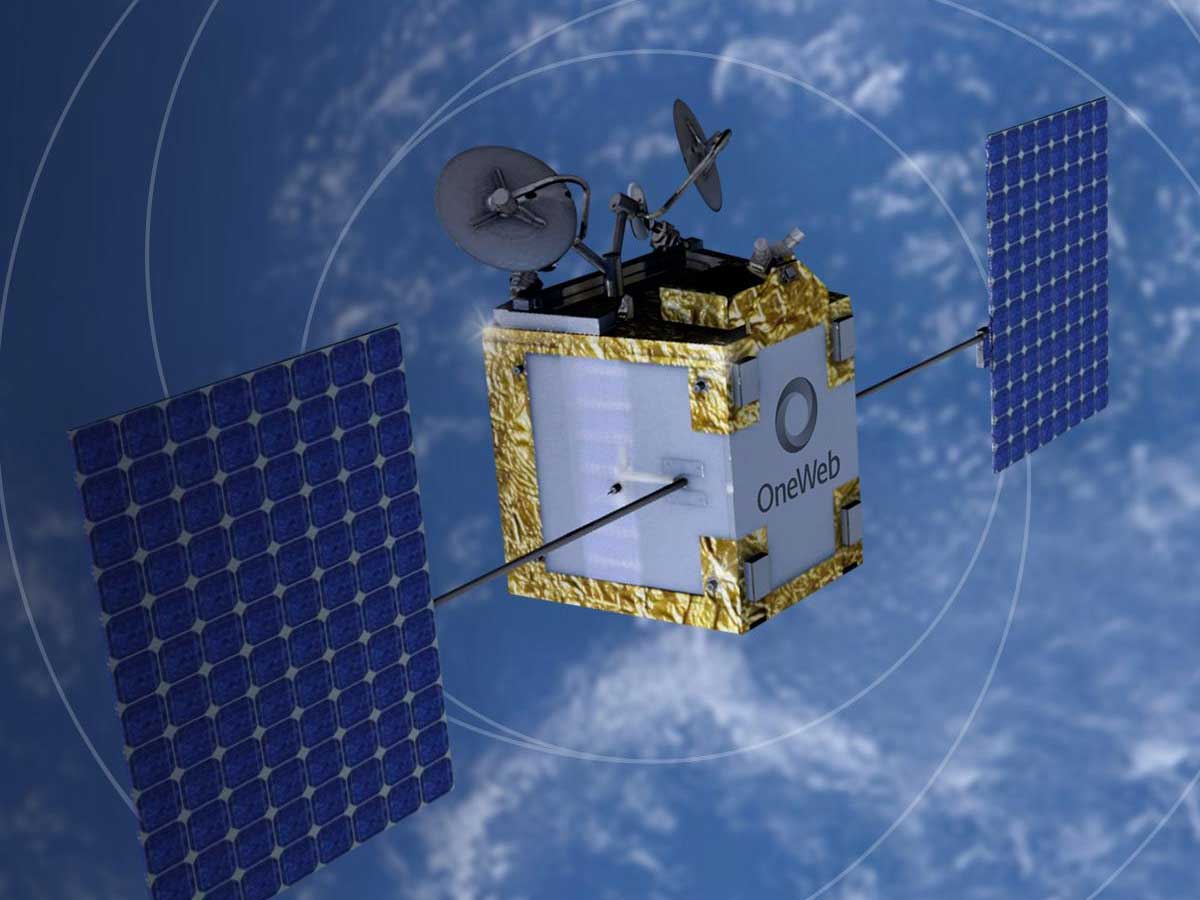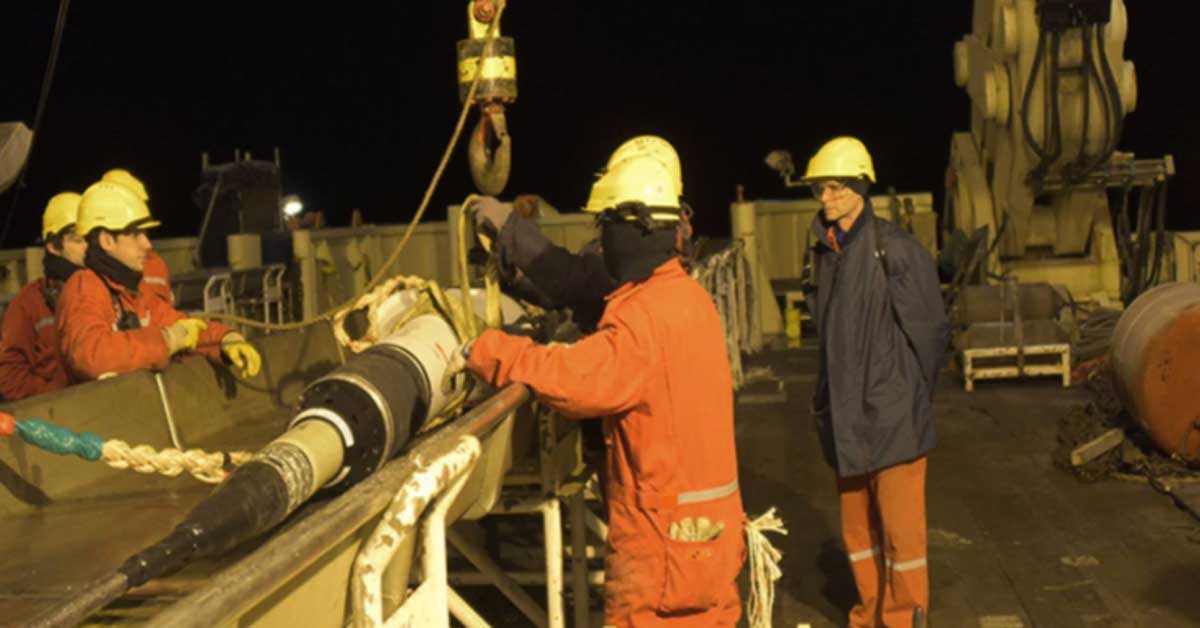Several communities in northern and northwestern Alaska, including Utqiaġvik, Point Hope, Wainwright, Kotzebue, and Nome, have been left without internet or cellular service due to damage to a subsea fiber-optic cable in recent weeks.
This disruption has caused significant difficulties and disruptions for residents, businesses, and emergency services. In response, Quintillion, the owner of the cable, is actively working to diagnose and resolve the issue.
However, repairs are expected to take an additional six to eight weeks. As a temporary solution, Quintillion is exploring satellite connectivity options.

Quintillion, the provider connecting northern Alaska, has acknowledged the issue and is working with partners and undersea cable maintenance teams to address the problem. The company attributes the service interruption to ice movement in the Arctic Ocean, where the subsea fiber-optic cable is located.
Unfortunately, the repair process is anticipated to take up to two months, leaving the affected communities disconnected for an extended period. This outage has resulted in significant disruptions, including difficulties with emergency calls, business closures, and disruptions to credit card transactions.
It is worth noting that Quintillion had previously planned to create a trans-Arctic data cable to enhance global connectivity. However, the company faced setbacks when former CEO Elizabeth Pierce misled investors in pursuit of this ambitious goal and was later charged with wire fraud. As a result, Quintillion has since been acquired by Grain Management.

While awaiting the arrival of a repair vessel, which is expected in August, depending on weather and ice conditions, Quintillion is exploring satellite connectivity as a temporary solution. In this regard, two potential options are being considered: OneWeb and SpaceX's Starlink.
Quintillion has ordered user terminals capable of 500Mbps connections from OneWeb to restore service. These terminals, however, need more detailed information regarding their functionality. OneWeb, a low Earth orbit satellite internet company, operates approximately 600 satellites in orbit.
After launching the final batch over India in March, the company completed its initial satellite constellation. OneWeb has the potential to compete with larger players like SpaceX's Starlink and Amazon's Project Kuiper, offering satellite connectivity across Europe.

Starlink, operated by SpaceX, coordinates with the State of Alaska, local governments, and Native communities to offer connectivity where needed.
Starlink's satellite internet network has gained popularity as a solution for addressing poor connectivity in rural areas of the United States and regions affected by conflicts, such as Ukraine.
With its extensive satellite constellation, Starlink aims to provide reliable internet access to users across the globe.
The fiber-optic cable break has severely affected businesses, emergency services, and daily life in the affected communities. Local businesses need help to process credit card transactions, make phone calls, and transfer data. Some establishments have used paper receipts and carbon imprinters as temporary solution.
Furthermore, the outage has hindered government operations, including server access, internet, and phone services. Emergency services in the affected areas continue to operate, but the lack of internet and phone service poses significant challenges.

To mitigate the communication challenges, alternative solutions are being explored. Pacific Dataport offers the OneWeb Leo satellite as a faster temporary fix for connectivity, which could be implemented within a few days, providing hope for a more immediate restoration of communication.
Pacific Dataport is also launching the Aurora GEO HTS satellite, designed for rural areas, and expects it to become operational in early August. These initiatives offer potential relief to the affected communities.
Restoring internet and cellular service is crucial for these communities, as it affects daily life, emergency services, and businesses. Implementing satellite connectivity solutions and the forthcoming repair vessel are eagerly anticipated as steps toward resolving this significant disruption.
Sources: alaskapublic.org / prnewswire.com












